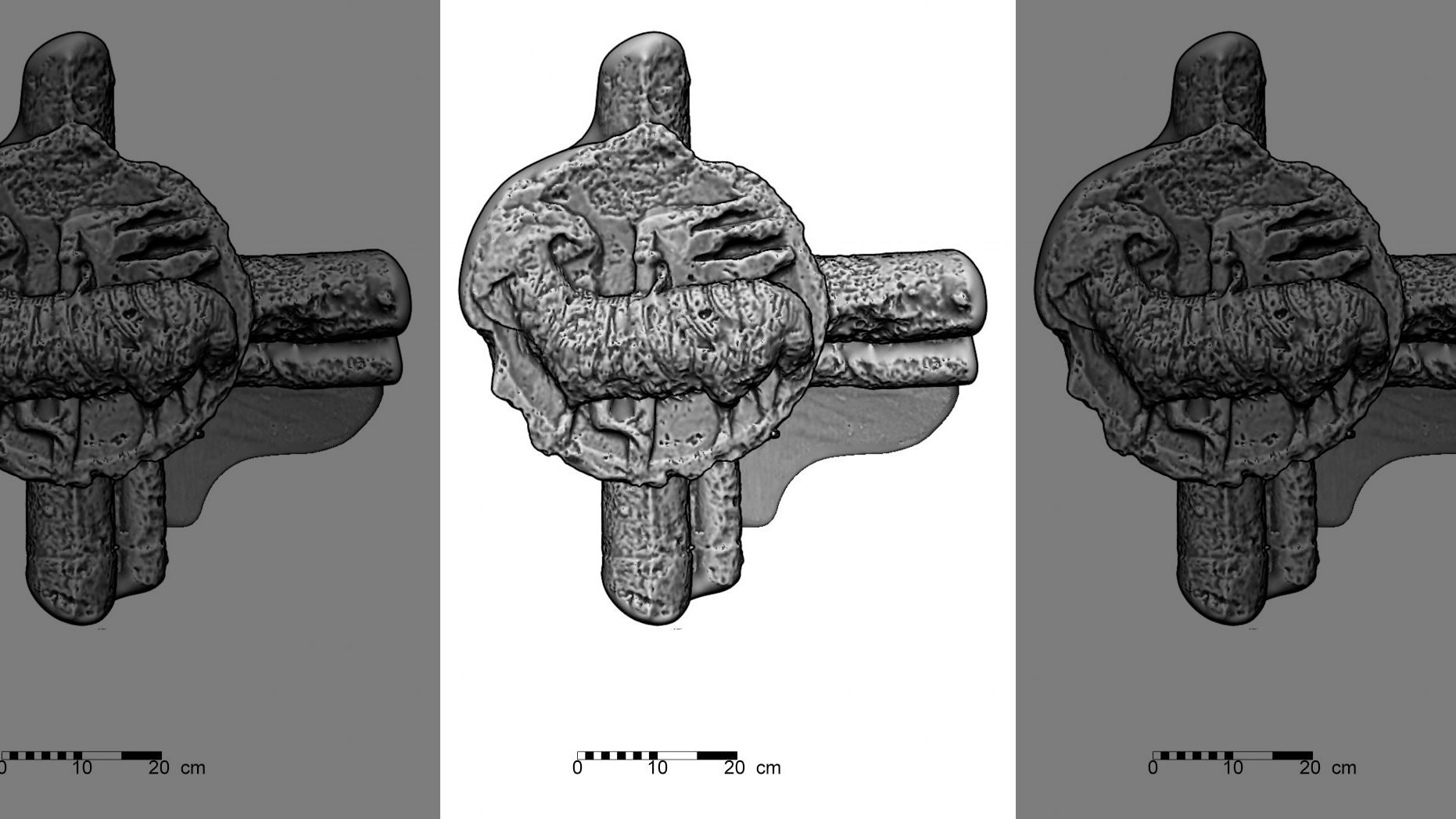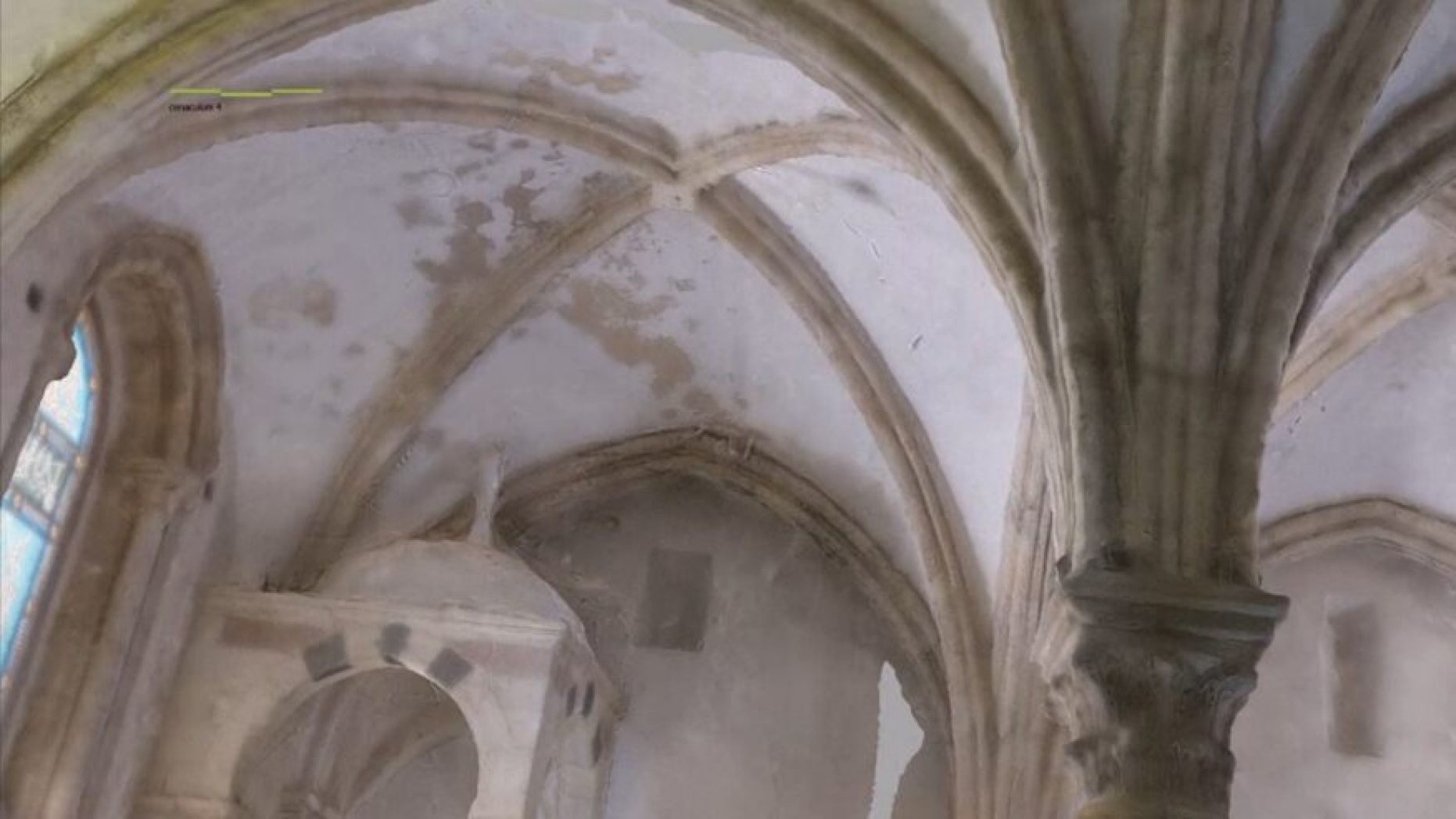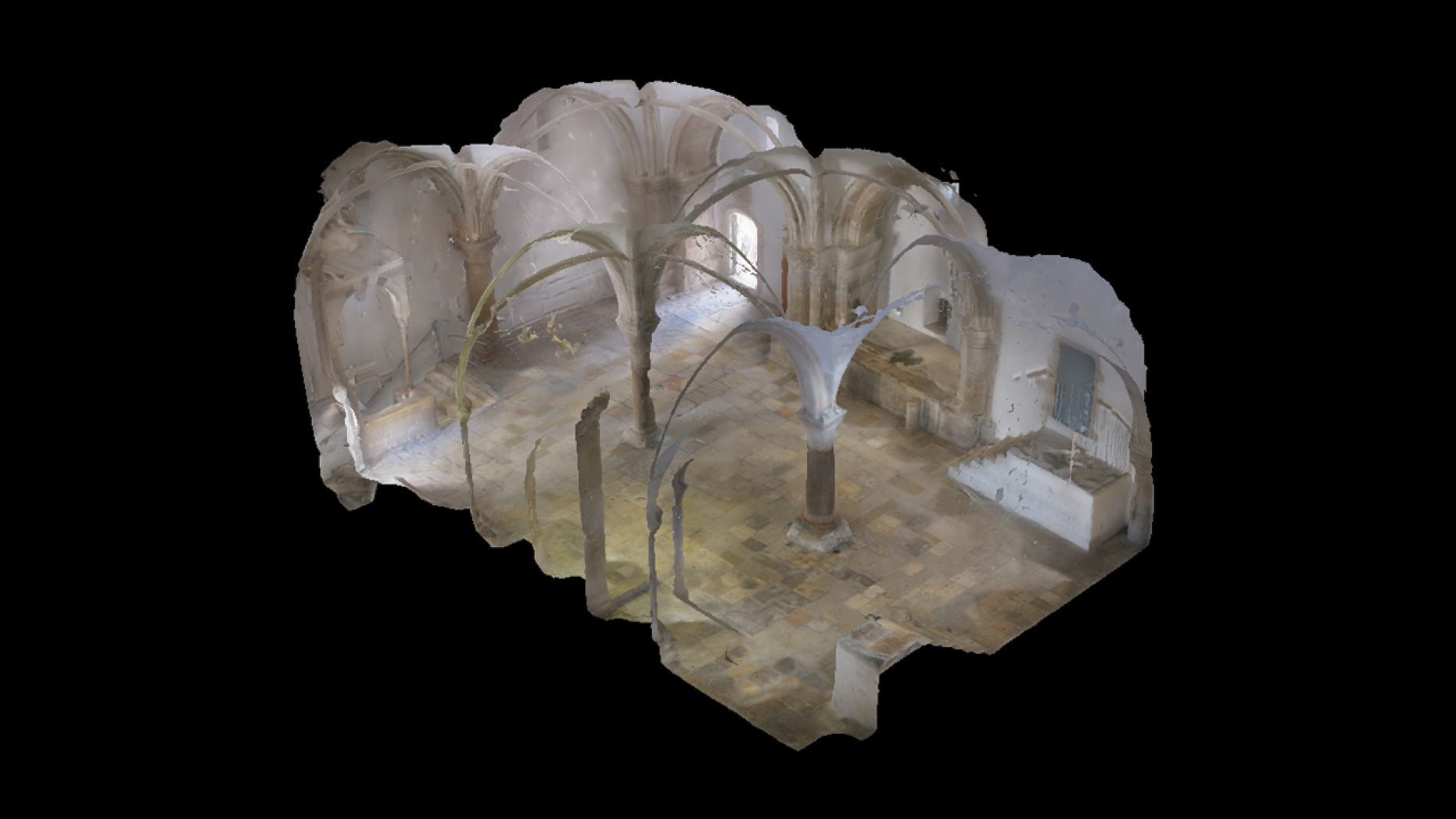The holy site, known as the Cenacle, is located on the upper floor of the King David’s Tomb.
Lenten Campaign 2025
This content is free of charge, as are all our articles.
Support us with a donation that is tax-deductible and enable us to continue to reach millions of readers.
A 3D scanning project of the Last Supper site on Jerusalem’s Mt. Zion is yielding fascinating results.
“Our work is more than relevant right now after the unfortunate events at the Notre Dame de Paris,” Amit Re’em, district archaeologist for the Israeli Antiquities Authority (IAI), told Fox News. “If something like this would happen at this holy place in the future, which we hope would not happen, we could use [our 3D mapping project] to reconstruct.”
The antiquities expert told Fox News that laser scans of the complex will continue. “From time to time, when we have an opportunity, we’re continuing to document other parts of the holy complex,” he said. “I hope that maybe, in the future, we will have the opportunity to conduct a small-scale classical archaeological investigation.”
The holy site, known as the Cenacle, is located on the upper floor of the King David’s Tomb. IAI archaeologists joined with experts from the Institute for Modern and Contemporary Archaeological Research (INZ) in Austria and the Cyprus Archaeological Institution in 2016 to begin 3D laser scans of the room.
“We mapped to reach every corner of this ancient place — we could penetrate the stone and create accurate models of the space,” Re’em said, noting that the team spotted fascinating features within the room.
At the apex of one of the room’s arches, the scans reveal an “Agnus Dei” or “Lamb of God” symbol. On a keystone, a carved lion symbol is also visible. “The lion was the symbol of King David,” Re’em explained. “According to the ancient scriptures, Jesus was a descendant of King David.”
photo 1, the Agnus Dei laser scan (IAI)
photo 2, the room of the Last Supper (Corin Hermon, The Cyprus Institute, Science and Technology for Archaeology Research Center)
photo 3, Photogrammetry picture of the Cenacle (Alex Wiegmann, IAI)











